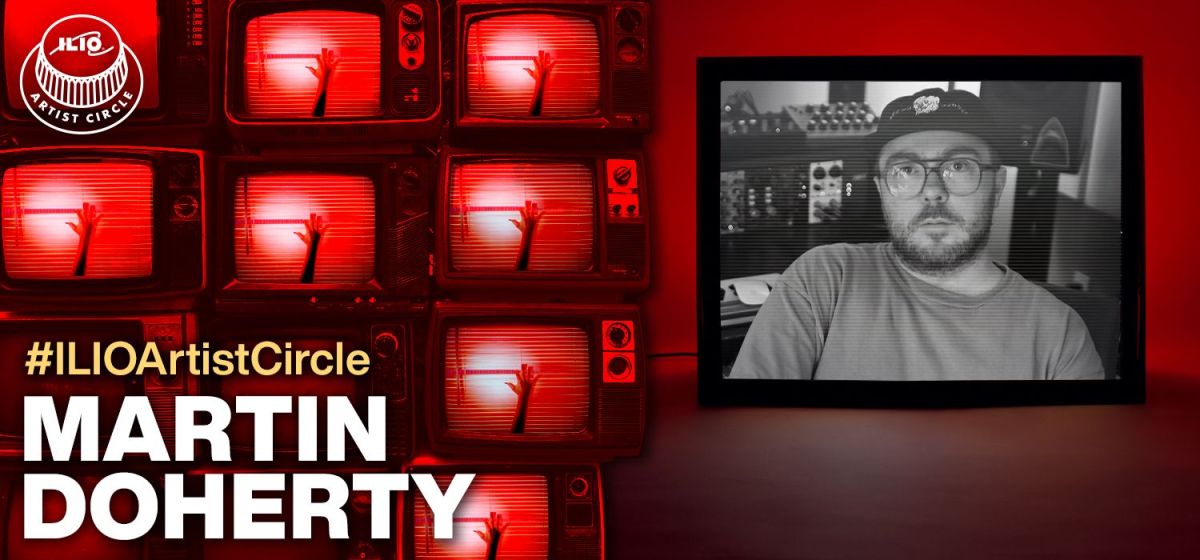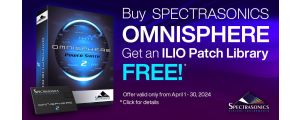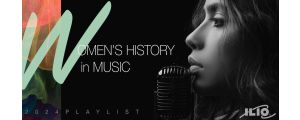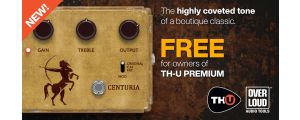Originally intended as a studio project, the Scottish band CHVRCHES found themselves popular right from the outset. Their first song, “Lies” was released on the internet in May 2012, and started getting plays on SoundCloud and BBC Radio 1. It reached #1 on the MP3 aggregate blog The Hype Machine, and suddenly the recording partnership had to figure out how to be a band. The band was initially started by Glasgow musicians Iain Cook and Martin Doherty, two musicians who wanted to explore doing electronic pop music. They started writing tunes together, and then brought in vocalist Lauren Mayberry to sing some backgrounds: Doherty was going to be the lead vocalist. Until he heard Lauren. Lots of live shows, recording and hard work followed, and ten years later they have released four successful albums, won a slew of awards, developed a large and loyal fan base, and yes, they’ve figured out how to be a band.
We caught up with Martin in his LA-based home studio and talked music, tech and the band’s evolution.
Musical Gestation
Martin plays keyboards/synths, guitar, bass and is a vocalist. He was the frontman of the rock band Julia Thirteen from 1999 until they folded in 2006. He worked on the band Aereogramme’s final album, which was the first time he worked with future partner Iain Cook. After several years with indie band The Twilight Sad (2008-2012) he grew tired of the alternative rock scene and wanted to focus on creating his own music.
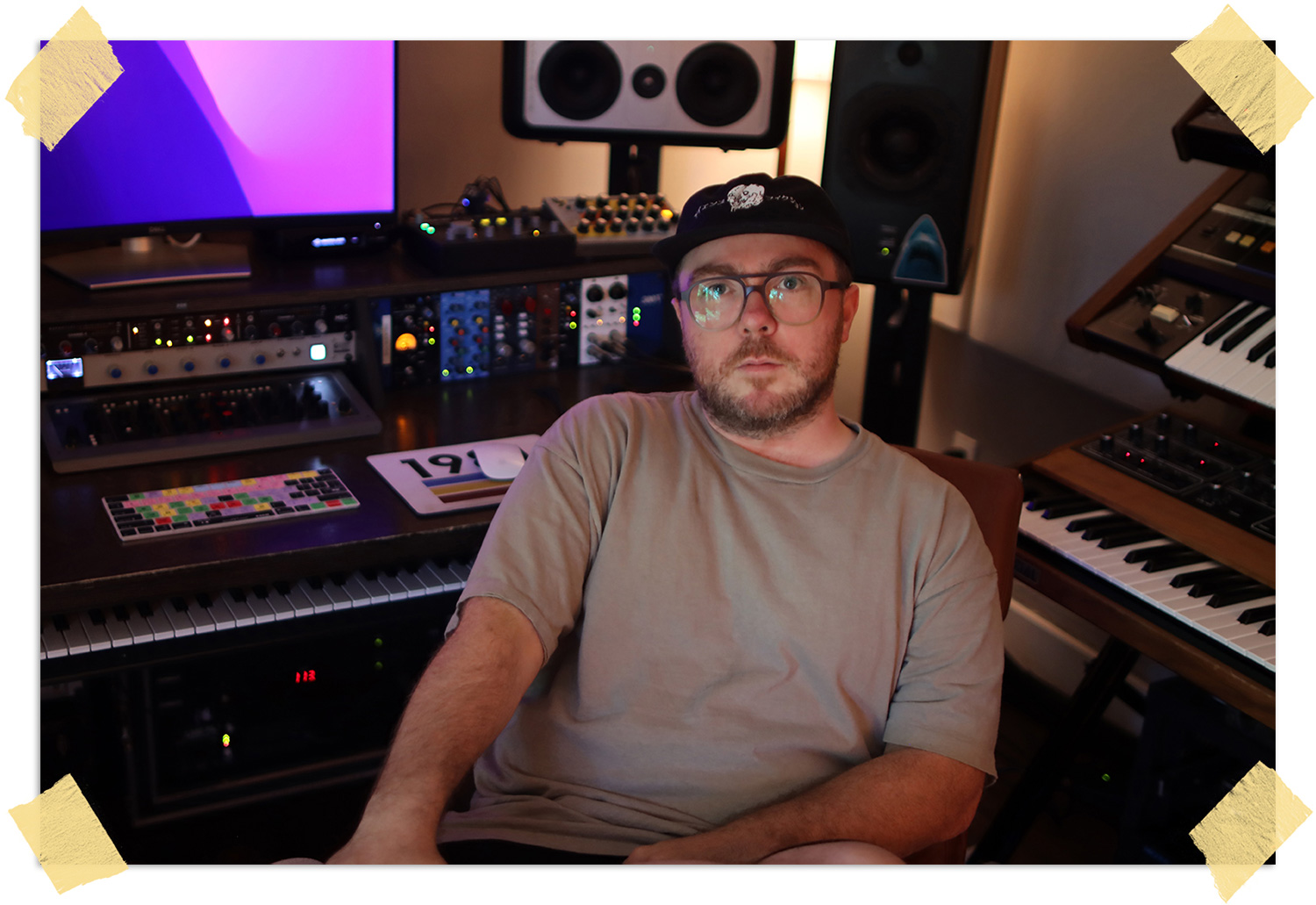
Doherty explains, “Glasgow music was a big part of my DNA. You have the guitar bands on one side, and then the club subculture in Scotland is massive. They defined me as a listener and a musician. Back in 2010-2011, there was this whole new wave of witch house; really slow 808-like rave music. Really slow but very aggressive stuff. All the band’s names were just symbols: if you could say the name, it wasn’t cool. And we thought that was cool!”
“Glasgow music was a big part of my DNA.”
“Iain and I tried making some of that but we felt it wasn’t really happening. I was only listening to blog music and hard-core rap at the time, so we started coming up with a sound that was an amalgamation of all those things, mostly the rap sort of hard drums married to the bedroom electronica. I have a Scottish friend, Ross (Hudson Mohawke), who’s a f***ing genius. He and another guy, Rustie, invented a sound that no one had heard before. All those big brass sounds with the rap drums, that’s their thing: Rustie and Hudmo. Check out Warp Records and Lucky Me Records — we were definitely influenced by them in the beginning.”
Chvrches Methods
Asked to discuss his songwriting and music production process, Martin is happy to share. “The band is all located in different places: Iain is in Scotland, Lauren and I are both here in LA. When we tour, we’re obviously all together, and when we decide to make an album, we all get together, maybe for a couple of weeks or a few months. When we’re writing or making the tunes, Iain and I like to be together: we do our best work that way. But we can do it from afar, each with our laptops alone. We get together and we may have 40 demos/ideas, and then we decide which we want to finish.”
“After getting the music in shape, all of the demos I’ve ever done — even to this day — have me top lining a melodic idea in the studio. I don’t write any lyrics; Lauren does. There’s a bit of conversation that happens where we’re making sure that she is communicating her feelings and what she brings to the art form, the importance of her lyricism, but also still trying to make sure it fits within the melodic framework so the song still makes sense. It doesn’t always work; sometimes songs just fall away for whatever reason… but when it hits properly, you’re like, F***, this is awesome!”
“When I get excited about a CHVRCHES record that I’m writing, it’s usually because I know how this is going to sound when Lauren does her thing.”
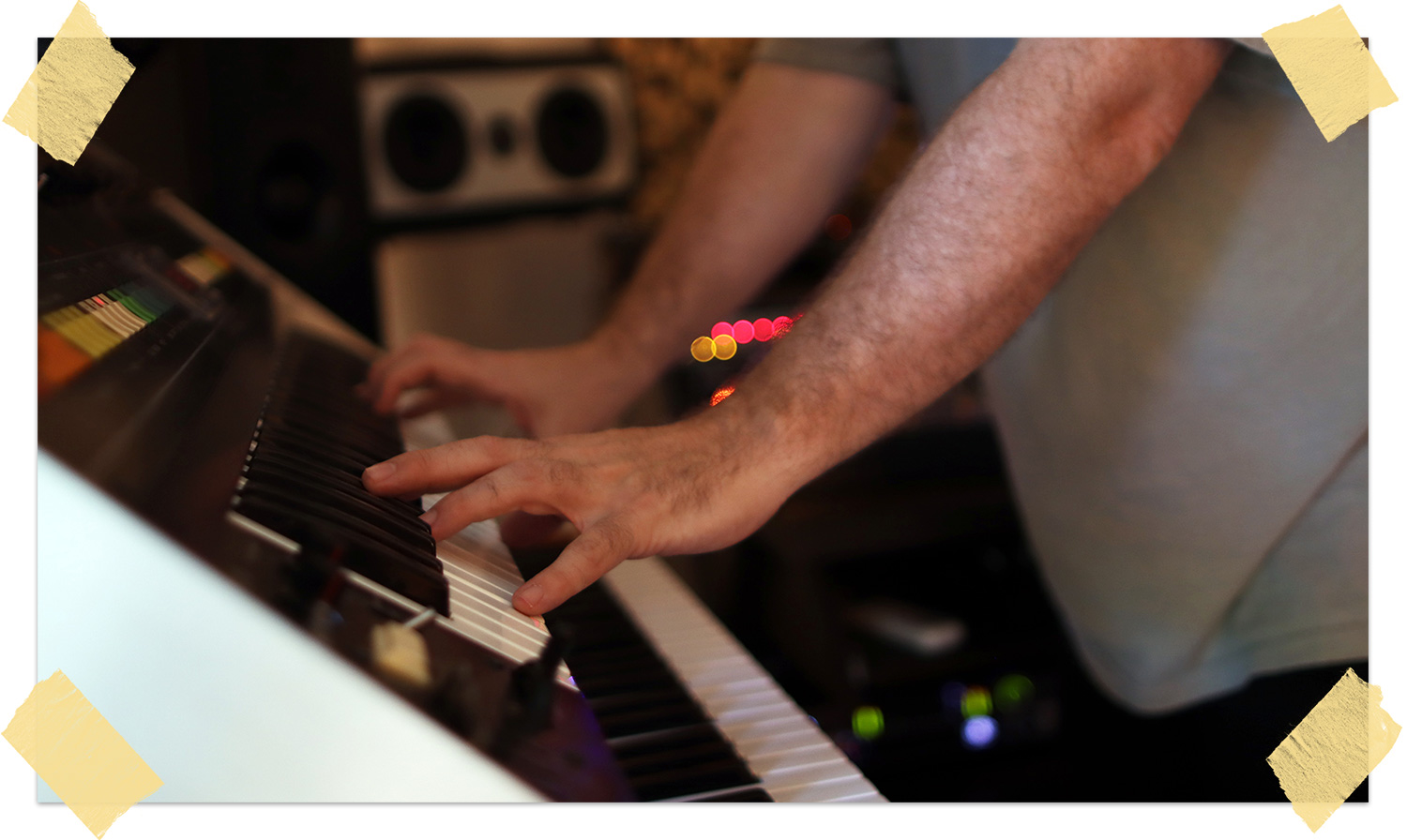
“So I’ve written the melody,” he continues, “and I’m like, ‘That’s f-ing exciting, I know it’s going to be a big one.’ But it’s not until it moves into Lauren’s range, and you hear the way her voice can cut through the electronic production and her lyrics; that’s when it becomes a special thing.”
We complimented Martin on the songwriting, sound and production of their latest album, Screen Violence, and he responded, “I’m pleased that you would say that because this is the fourth album, and it was like a return to how we made the first two albums. We did them both self-sufficiently, with no other writers, in this basement in Glasgow. Then we made our third record with Greg Kurstin, just to see how that would work/what it would sound like. I mean, he’s the best, so we decided to try and see if he would work with us. Now, after working with him, I know why he’s the best and why people think he’s the best. You make an album like that, and it brings context to everything else you’ve done. So on the fourth album, we said, ‘OK, now we know what Chvrches sounds like through that lens. What does it sound like if we go completely back to making the album alone, just in this room?’
Due to the pandemic lockdown, the band couldn’t easily work together; Martin and Lauren were in LA, but Iain needed to stay in Glasgow. So they used Listento Audiomovers for remote collaboration, along with remote screen-sharing software so either musician could control each other’s DAW. Martin continues, “It was really important to go back into ourselves, make a whole other record, to the point where Iain and I decided to mix it ourselves as well. So we took the money we would have paid a top mixer and bought a bunch of great gear for the studio. Better to just invest in ourselves.” Each player had their own collection of analog synths and such, but they did not have the audio gear needed to properly mix and produce the album.

Walking us around the studio, Doherty pointed out: "We got the Masterbus controller (Softube Console One) and a Neve summing mixer, so at the output stage we’re going out all analog. We used the Trinnov room correction unit, specifically the ST2 Pro, which is just amazing, in conjunction with Barefoot monitors and some ATC’s for mids. I think it sounds better going this way, and I know there are different opinions on that. Some of the biggest mixers in the world are all in the box, but I know what I like and I think this sounds better.”
“It’s just taste at the end of the day, right?”
Favorite Synths
When asked what his favorite synths are, Martin was quick to reply, “It started with the Juno 106, and the fat sawtooth sound. That’s the one that changed my life, really. Those keyboards were $600 at the time we bought them; nobody wanted them. I was in a guitar band at the time, and I went down to Iain’s studio and he had one. It was completely mind-blowing for me. It was the first synth that I was able to make patches on, because it was simple. It was perfect for getting to know what each element of a synth was used for. The chorus circuit was something special, so special they now make plug-ins of it. I have a Juno 6 as well, but my 106 will never leave this studio.”
“In the midst of all the great gear that I have, this crazy little string machine from the 70’s ended up everywhere on the album.”
His next choice was a surprise. “On this fourth album, this was the superstar… the Siel Orchestra 2, known as Siel OR400 for the US market. I was watching a documentary about the making of the third Portishead album, and Adrian Utley, who is a f-ing genius, was talking about the Siel. When I first heard one I wondered what could be so special about an old string machine, but then I bought one and it ended up on almost every song on the album. It’s a simple sound but it’s all about context. There’s all these big, modern drums, lots of guitars, and the Orchestra just sits back in the mix perfectly.”
“Omnisphere has opened my eyes to going a bit deeper in the box.”

“Since the last album I’ve been looking around for new toys, new inspiration. And I’ve heard about Omnisphere for years now, but the barrier to entry for me when I was starting out was price, and then how large the sample library was. I didn’t have much of a computer back then. Now it’s not a concern at all.”
Ten years on with CHVRCHES, Martin comments, “now I’m realizing the scope and the scale of having one really great software-based synthesizer. If I’m going to use softsynths I’m going to do something that isn’t old sounding — I want to do something that no one has ever heard before." Omnisphere fit in nicely to Martin's workflow: "The first things that I immediately gravitated towards were the organic sounds, which were obviously outside of my usual sound universe, that I would render to audio and then start to manipulate. And suddenly there was a whole new pallet of stuff for me to work with. Not only in Omnisphere, but also some of the stuff in Keyscape… things that I would never have thought about using in an electronic context suddenly became very relevant to me.”
"If I’m going to use softsynths I’m going to do something that isn’t old sounding — I want to do something that no one has ever heard before."
Thoughts On Inspiration
We asked Martin if he is ever tempted to follow genres or trends. “You can’t try to predict the zeitgeist, that’s the #1 rule”, he offered. “Be smart, keep listening and try to stay inspired. That could be by a 40-year old record or it could be something by some 18-year old that has 1,000 listeners. As long as your head is in the game and you’re still open to new experiences and new things as an appreciator, it all feeds back into the studio. We’ve never sat down, ever, and I never will as a creator and gone, ‘Today the plan is to make this type of sounding record.’ Because it just doesn’t work.”
For more about CHVRCHES, visit their website here.
Instagram: @realdoko, @chvrches

